Contents
Being a primordially southern plant, pepper has already been changed by selection so much that it can grow and bear fruit in the rather harsh conditions of the north of Our Country. The sharply continental climate of Siberia, with its hot short summers and cold long winters, makes specific demands on southern cultures.
Gardeners in the Trans-Ural regions are forced to choose early-ripening varieties. At the same time, depending on the station that breeds new varieties, the indication of the early maturity of the variety will vary. The indication “Ultra-early ripening varieties” of southern stations may be similar to the marking “early ripening varieties” of more northern stations.
Unfortunately, the vast majority of seed sellers are still resellers. Manufacturers among them less than ten percent. But manufacturers have a different problem. Breeding excellent varieties with early fruiting, intended for the northern regions, they most often do not indicate the number of days before harvest. The terms “early”, “mid-ripening”, “late-ripening” are very vague and conditional. Often the word “ultra early” in the variety description on the seed packaging is just a marketing ploy.
Varieties that bear fruit 90-110 days after the emergence of full-fledged seedlings, the manufacturer can call both early-ripening and ultra-early.
A good example of such a marketing ploy is a variety of sweet peppers from SeDeK. Most likely, they did not mean anything bad, just in the conditions of the Moscow region, where the fields of this company are located, a variety with a fruiting period of 100 days is indeed very early. Usually this company indicates as early ripe varieties with a period of 105 to 120 days. But in the conditions of Siberia, such a variety can no longer be called ultra-early. Maximum early ripening.
Pepper Greenhouse Ultra-early

Variety from SeDek with a period of 100 – 110 days. In the description, however, it is indicated as early ripe.
This is a sweet variety of pepper with large fruits weighing up to 120 grams. Fruit walls are fleshy. Pepper has a high taste. Harvest can be started with green fruits, although fully ripe peppers are red. Recommended for cooking and fresh consumption.
Bush up to 70 centimeters high.
With all the advantages of the variety, it cannot be called ultra-early, although it is quite suitable for growing in the northern regions of Our Country.
The second example: the variety “Health” from the company “Golden Weave of Altai”, located in Barnaul. The firm is northern and its characteristic “ultra-early” differs from the characteristic of the Moscow region firm.
Health
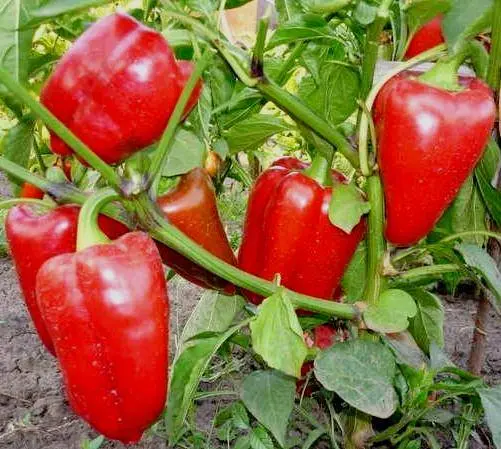
A vivid example of ultra-early sweet pepper with a vegetation period of 78 – 87 days. The bush is tall. The fruits are large, up to 80 grams. Cone-shaped. When ripe, the color of the fruit is dark red. It is good because it has good fruit set at low temperatures.
These two examples clearly show the difference in the ripening of the crop in as much as twenty days. For cold regions, where summer is very short, this is a very long time.
The same company offers not an ultra-early, but an early-ripening variety of sweet pepper
Mustang
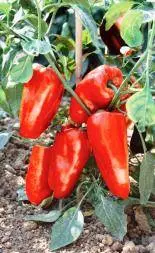
The term to fruiting is 105 days. Quite good terms for the northern region, but you can’t call it ultra-early. Peppers of this variety are fleshy and large, up to 250 grams. Fully ripe fruits are bright red, but green ones can also be consumed.
Bush of medium height and resistant to low temperatures.
Sweet peppers of ultra-early varieties
Firm “Aelita” can offer three ultra-early varieties of pepper. All peppers are sweet.
Blond
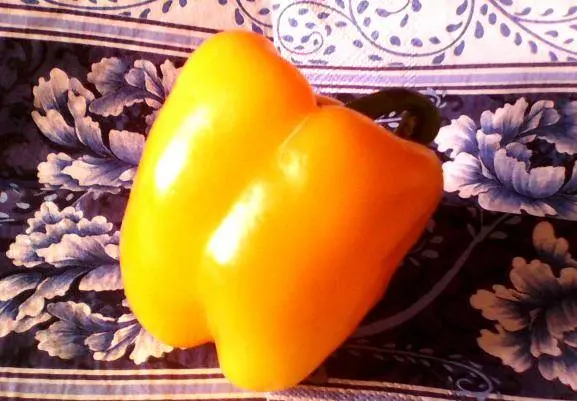
Requires 95 days to harvest. Fruits are cube-shaped, golden yellow. The average weight of pepper is 250 grams. The bushes are quite large. The manufacturer recommends maintaining a distance between plants of 50 centimeters, between rows of 35.
fox brother
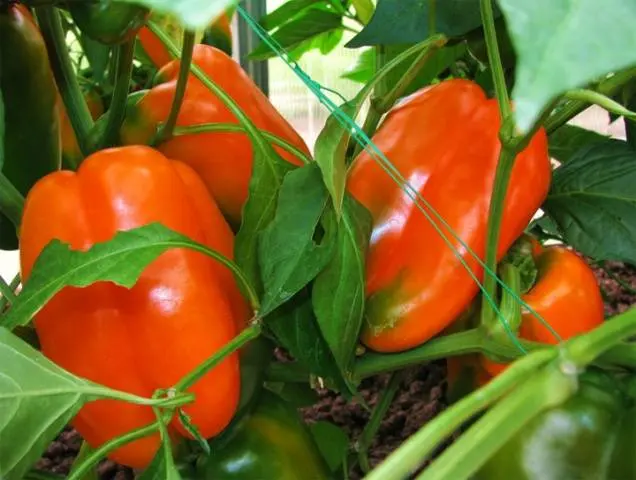
The variety needs 85 – 90 days before fruiting. Orange fruits are relatively small, weighing about 100 grams. Standard bushes, medium size, up to 70 centimeters. Very good fresh salad. Although the purpose of the variety is universal.
Pinocchio F1
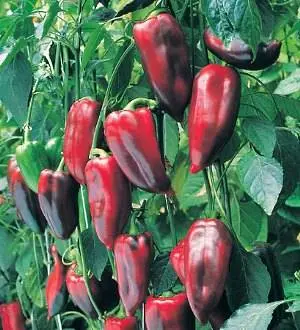
An ultra-early hybrid that bears fruit on the 90th day after germination. The bushes are tall, standard, do not require formation. The fruit is cone-shaped, elongated. Pepper length up to 17 centimeters, diameter up to 7. Weight up to 100 ten grams with a wall thickness of 5 millimeters. It has a very good yield, yielding up to 14 kilograms per m² at a planting density of 5 – 8 plants per unit area.
Nemesis F1
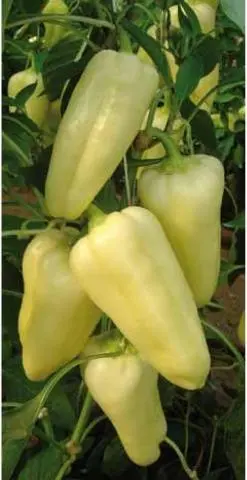
The ultra-early variety Nemesis F1 is offered by the Dutch company Enza Zaden. This pepper will have to wait 90 – 95 days for the harvest. Fruits weighing up to 100 grams. In unripe peppers, the color is almost white, in ripe ones it is red. The difference of the variety is a well-developed root system.
The company suggests that when buying seeds of its production, pay attention to the packaging in order to avoid fakes. There are no inscriptions in on the original packaging. All text is written in Latin in English. The date of packaging and batch number must be indicated on the packaging. The original seeds are colored orange.
In fairness, it should be noted that in Our Country, which has a more severe climate, the ripening time for this hybrid is somewhat longer than indicated by Dutch breeders. The fruits are tied at the stated time, but they turn red longer. At the same time, in the case of a hot season, the ripening time is reduced. It follows that the ripening time of the variety directly depends on the environment.
Of the others that do not correspond to the declared characteristics, a smaller number of ovaries in the bundle can be noted, which is also associated with a cold climate. But the size of the fruit does not depend on the average annual temperature.
The multi-planter Bayer, which includes the Nunems agrotechnical division, offers three ultra-early varieties of peppers at once.
Claudio F1
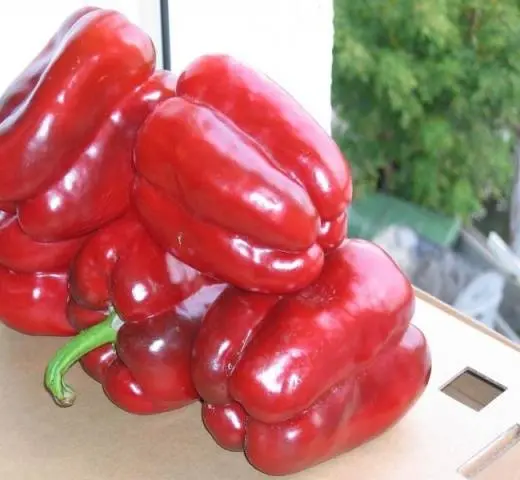
As the name suggests, this is a first generation hybrid. Differs in high productivity. The fruits are large, reaching 250 grams of weight. The wall thickness is more than a centimeter. The color of the mature fruit is dark red. Unripe peppers are dark green.
Harvest can be harvested as early as the 72nd day. Under adverse conditions on the 80th. The bush is very powerful, densely leafy, upright. Peppers can be grown both in greenhouses and in open beds.
It is resistant to stress, sunburn and viral diseases.
Gemini F1

Also an early variety. It bears fruit 75 days after planting seedlings. It bears very large fruits weighing up to 400 grams. On one bush, from 7 to 10 cube-shaped peppers are tied. Dimensions 18 centimeters by 9. Wall thickness 8 millimeters. Ripe fruits are bright yellow. Universal. It is used fresh in salads, as well as in preservation and cooking.
Similar to the Claudio variety, it is resistant to stress, sunburn and disease. Peppers are grown indoors and outdoors.
In the assortment of Nunems, the variety stands out especially
Samander F1
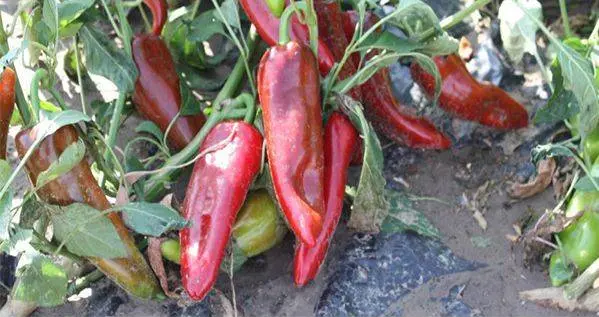
Before harvesting this pepper, you need to wait only 55 – 65 days. Mature fruits are red, conical in shape. Compared with the previous two, the fruits are medium-sized, “only” up to 180 grams.
Peppers of this variety have good keeping quality. They are easy to transport. In connection with these properties, the hybrid is often grown on farms for commercial purposes.
Another ultra-early variety is offered by the Swiss company Syngenta.
Love F1
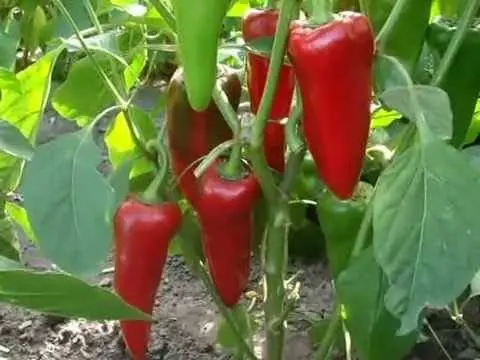
This variety takes from 70 days. Unlike those described above, this hybrid is grown only in open ground, so you should be careful when trying to grow this variety in northern Our Country. Fruit weight 120 grams. When ripe, peppers are a rich red color.
Additionally, from domestic varieties, it is worth mentioning a few more.
Dobrinya
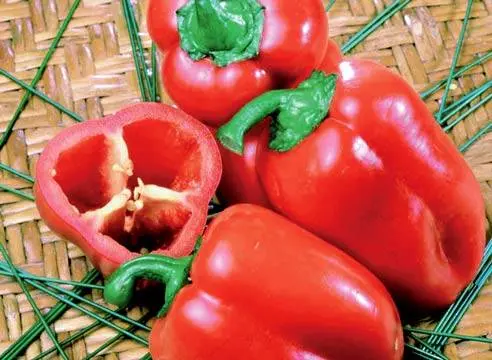
Refers to ultra-early varieties with a period of 90 days. Shtambovye bushes, high. Foliage is average. Fruits up to 90 grams in weight, red when ripe and light green when unripe. The wall thickness is average, 5 millimeters.
Oriole
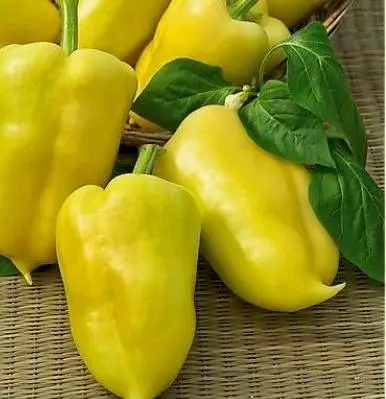
The fruits are light yellow. The first harvest, depending on the conditions, can be harvested starting from the 78th day. The variety has a very wide geography. It can be grown throughout the north of Our Country. The variety “captures” the entire Trans-Urals plus the regions from Arkhangelsk to Pskov.
Fakir

In Siberian conditions, it bears fruit already on the 86th day. Unripe fruits are light green with yellowness, which distinguishes it from other varieties. Able to ripen fully to red in open ground. The fruits are small, only up to 63 grams. But there are many. From a square meter you can get 3 kilograms of peppers.
Cardinal F1
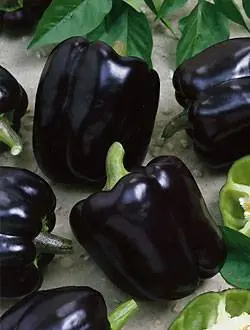
The period before fruiting is 85 days. Bushes tall, up to 1 meter. Fruits weighing up to 280 grams have a thick wall (1 centimeter). Cuboid fruits in a ripe state have a purple color. In this regard, the logic of the creator of the variety is incomprehensible. The cardinal’s robe is red. Violet for the bishop.
Fidelio F1

Ultra early. Requires an average of 85 days before fruiting. Bushes are tall, up to 1 meter. Cuboid peppers are silvery white in color. The weight of thick-walled (8 mm) fruits is up to 180 grams.
Filippok F1
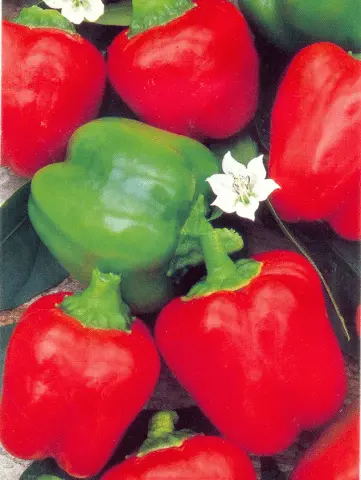
It takes 80 days before the harvest. The bushes are low, there is little foliage. The fruits are small, only up to 60 grams, but have a good taste. The wall thickness is not inferior to some large-fruited varieties and is 5 millimeters.
Sharp ultra-early varieties of peppers
Small miracle
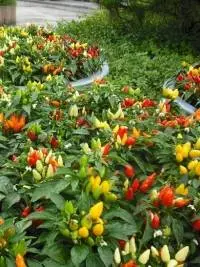
It also differs in early ripeness. The period before harvest is about 90 days. It can grow in open beds, in a greenhouse, at room conditions.
Bush 50 centimeters high, with a large number of branches. Fruits are only 2 – 3 centimeters long and weigh up to 5 grams. The fruits ripen unevenly. In the process of ripening, they change color 5 times: from green to red.
Aladdin
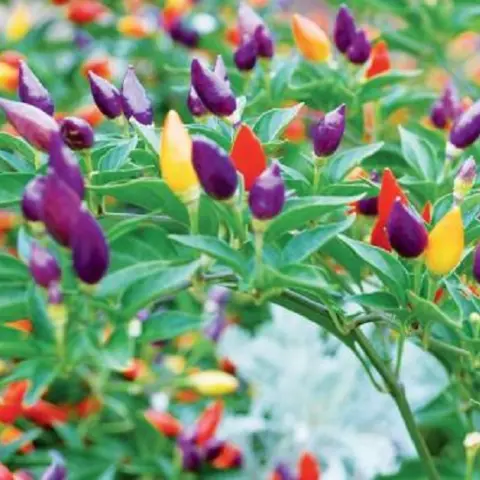
This pepper takes an average of 100 days to mature. It cannot be called ultra-early, but it is early enough to interest the inhabitants of the northern regions. The bush is semi-spreading, up to 60 centimeters high.
The Orange Miracle

Ultra-early variety with a period before fruiting 90 days. The height of the bush is only 30 centimeters, the weight of the fruit is 5 grams.
Conclusion
When growing peppers, especially early ripe ones, it should be remembered that plant growth slows down at low temperatures. At temperatures below + 5 °, pepper completely stops growing. In the range from 5 to 12 degrees there is a strong delay in development, which can slow down the ripening of the crop by 20 days. After flowering, the pepper does not react as much to low temperatures.
At temperatures above 30 °, the pepper bush actively grows, but most of the flowers fall off. Small and deformed fruits develop from the preserved ovaries. The daily temperature difference also adversely affects the development of pepper.









